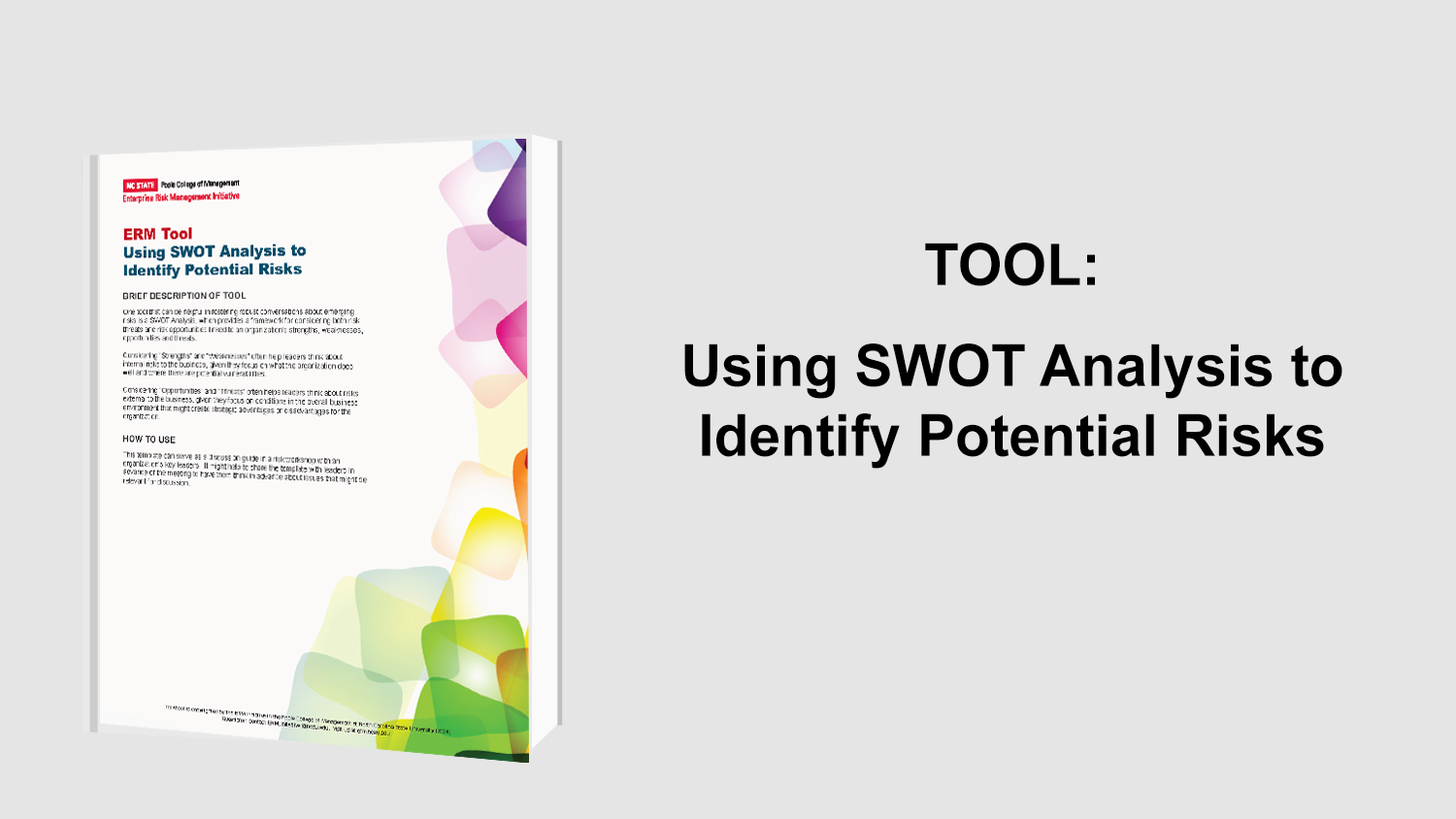Four Steps to Better Statistical Performance Measures
Conventional Performance Metrics
A survey by Frederick W. Cook & Co revealed that approximately half of all companies use earnings per share (EPS) as a performance measure for their respective companies. However, EPS may be predictive but it typically not persistent. This is largely due to the widely disregarded element of luck in the success of businesses.
A recent Harvard Business Review article suggests that a sound performance measurement must contain both predictive and persistent qualities to be reliable. If managers are relying on flawed performance metrics, they may be inadequately identifying and assessing risks that affect their performance objectives. Such a metric can be identified and utilized by connecting non-financial factors with financial factors. The more closely correlated metrics are to objectives, the more evident the risk exposure is that affects those objectives.
Non-Financial Measures
Generally, managers fail at linking non-financial measures with profits or value. The author gives an example to drive this thought home. Managers of a fast-food chain were confident that by reducing employee turnover they would increase customer satisfaction, returning customers, and therefore profitability. However, after they compared this strategy with data they received from restaurants they found their theory to be flawed. Some stores had higher employee turnover yet had larger profit margins than those with lower turnover. What they found was that more specifically, the turnover of store managers was more closely related to profits. In turn, the managers altered their strategy to reflect this insight.
Why do managers have difficulties in making linkages between non-financial information and financial information? As is the case of the fast-food chain, managers unknowingly let certain cognitive biases (e.g., overconfidence) dominate their decision making.
Cognitive Biases
Having vast industry specific or business knowledge is vital to high-level decision making. However, it can also lead managers to overlook their own biases of what they have experienced in their tenure as businesspersons. This is especially true for identifying risk that may not have emerged until recently, or were not historically prevalent. Specifically, the cognitive biases adversely affecting the choice of what metric to use to gauge performance include:
- Overconfidence-confidence in decisions that do not reflect business realities.
- Availability-the spectrum of similar examples of decisions and their related outcomes of a given situation.
- Status Quo-resisting change to avoid losses rather than even if there is a possibility of achieving greater gains (i.e. classic risk versus reward decision).
Acknowledging these biases is the first step to overcoming them. Even though intuition may tell managers otherwise, addressing the aforementioned biases will lead to more relevant performance metrics and therefore more accurately gauging the company’s risk exposure.
Methodology of Determining Appropriate Performance Metrics
The author proffers a sequential process by which a company can start off on a clean slate for determining how to gauge performance. If managers use the process and select a more relevant, applicable performance metric, they will focus on the areas that are core drivers of strategic objectives. The four step process is as follows:
- Define core objective (e.g., creating economic value, enhancing shareholder value, etc.)
- Develop cause-and-effect theories to assess drivers (financial and non-financial) of objectives
- Identify activities down to the employee level that enable the achievement of objectives
- Continuously evaluate the measure that links employee activities with the objective to ensure metrics are relevant given trends and demographics
Summary
Companies have a vast array of statistical performance measures to choose to use for their respective businesses. However, choosing the best performance metric is essential to gaining or maintaining a competitive advantage in the marketplace.
Original Article Source: “Four Steps to Measuring What Matters,” Harvard Business Review, October 2012


